Product Consultation
Your email address will not be published. Required fields are marked *
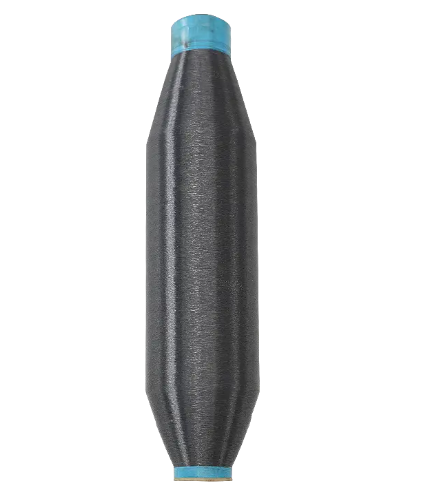
How to ensure the uniformity and strength stability of nylon multifilament yarn during the production process?
Oct 22,2025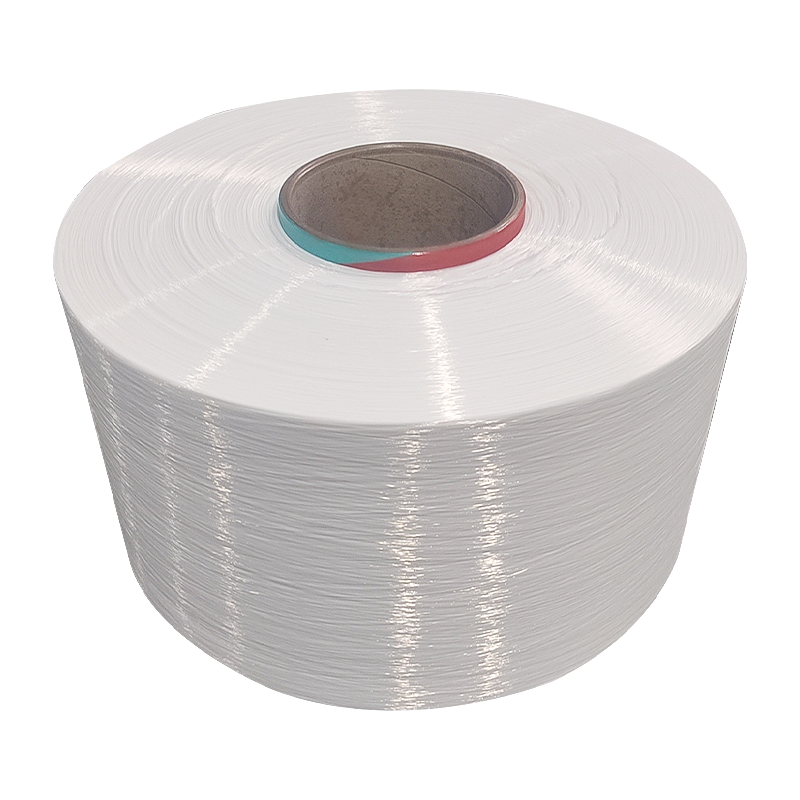
Is color difference control and batch stability guaranteed for nylon mother yarn?
Oct 15,2025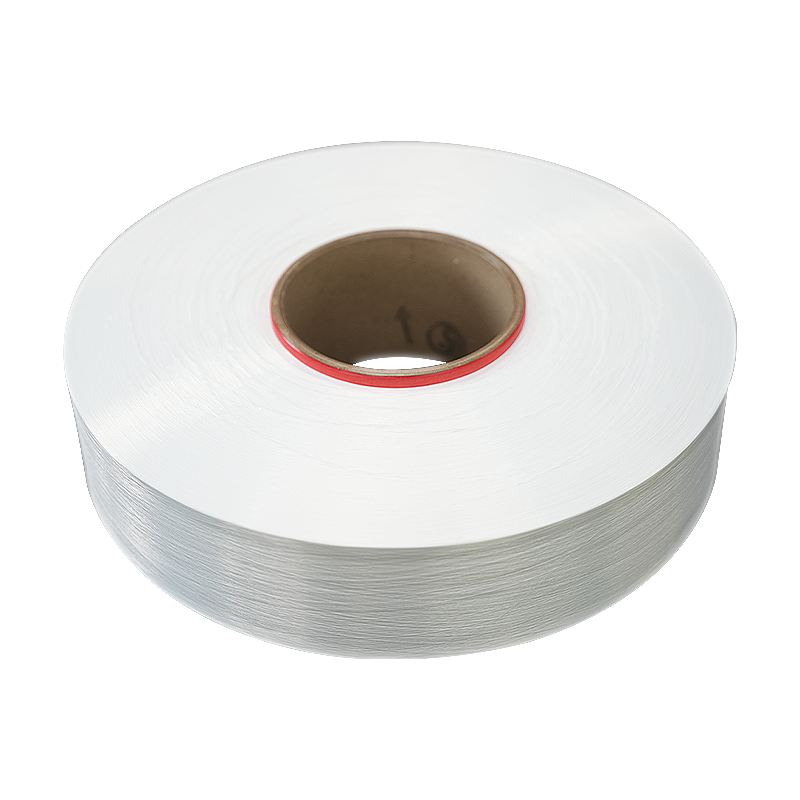
How does the production process of bi-component FDY yarn compare to that of single-component FDY?
Oct 09,2025Nylon mother yarn is a type of filament yarn that is usually produced through a specific spinning process and can later be split into multiple monofilaments. It serves as a raw material widely used in textiles such as hosiery, sportswear, industrial fabrics, and technical textiles. One of its defining features is the ability to enhance strength and elasticity in the final yarn, making it an important choice for high-performance applications. Understanding its impact on yarn strength and elasticity during production requires examining both its intrinsic material properties and the manufacturing techniques involved.
Nylon is a synthetic polymer known for its toughness, abrasion resistance, and resilience. When spun into mother yarn, it forms a filament structure that can be split into finer filaments without losing its essential characteristics. The molecular structure of nylon, with its hydrogen bonding and crystalline regions, contributes significantly to both tensile strength and elastic recovery. These inherent features determine how nylon mother yarn behaves when blended, twisted, or woven into fabrics.
During production, the incorporation of nylon mother yarn greatly influences yarn strength. The continuous filament structure allows for fewer weak points compared to staple fibers, reducing breakage. Additionally, when mother yarn is split into monofilaments, the even distribution of stress across the fibers enhances overall durability. The orientation of molecules during spinning and drawing also plays a role, as higher alignment leads to increased tensile strength.
Factors influencing yarn strength with nylon mother yarn
| Factor | Description |
|---|---|
| Filament continuity | Reduces breakage compared to staple fibers |
| Molecular alignment | Oriented structures improve tensile strength |
| Splitting process | Provides multiple filaments that share stress evenly |
| Blending with other fibers | Enhances composite strength when combined with cotton, polyester, etc. |
Elasticity is another important property impacted by nylon mother yarn. Due to its ability to deform under stress and recover to its original shape, nylon provides elasticity superior to many other synthetic fibers. When used as a core material or in blended yarns, nylon mother yarn adds flexibility and resilience, which is essential in applications like sportswear or hosiery. The balance between crystalline and amorphous regions in nylon contributes to its elastic recovery, ensuring fabrics maintain their shape after repeated use.
The production of nylon mother yarn and its processing into final yarns involve several steps that directly affect strength and elasticity. Spinning speed, drawing ratio, and thermal treatment determine molecular orientation and crystallinity. Furthermore, the splitting process used to create multiple monofilaments must be carefully controlled to avoid uneven stress distribution. When blending nylon mother yarn with other fibers, the choice of spinning technique—such as ring spinning, air-jet spinning, or core-spun methods—also influences the final properties.
Many textile products benefit from the combination of strength and elasticity provided by nylon mother yarn. Hosiery requires fine filaments with excellent stretch recovery, while industrial fabrics demand high tensile strength. Sportswear benefits from both qualities, ensuring comfort and durability under dynamic conditions. These applications highlight the dual role of nylon mother yarn as both a reinforcing and a performance-enhancing material.
Applications of nylon mother yarn in textiles
| Application | Strength Requirement | Elasticity Requirement |
|---|---|---|
| Hosiery | Moderate strength to resist runs | High elasticity for comfort and fit |
| Sportswear | Strong enough to endure movement and friction | Good elasticity for flexibility and recovery |
| Industrial fabric | High tensile strength to support heavy loads | Moderate elasticity depending on application |
| Upholstery | Durable under wear and tear | Elasticity contributes to shape retention |
Although nylon mother yarn offers considerable advantages, there are challenges in ensuring consistent strength and elasticity during production. Variations in splitting quality may lead to uneven filament thickness, affecting stress distribution. Excessive drawing or inadequate thermal setting can reduce elasticity. Furthermore, environmental factors such as humidity and temperature may impact the stability of nylon filaments. Manufacturers must therefore adopt strict quality control measures to ensure reliable yarn performance.
The production and use of nylon mother yarn also bring attention to sustainability. While nylon is durable and long-lasting, it is derived from petrochemicals, which raises concerns about resource consumption and recyclability. Advances in recycling technologies have enabled the reuse of nylon fibers, which can help reduce environmental impact. Additionally, controlling waste in the splitting and spinning stages is crucial for minimizing production inefficiencies.
To better understand the impact of nylon mother yarn on strength and elasticity, it is useful to compare it with other common fibers. Polyester provides high strength but less elasticity, while cotton offers comfort but lower tensile durability. Blending nylon mother yarn with these fibers allows manufacturers to design textiles with balanced properties suited to specific applications.
Comparison of nylon mother yarn with other fibers
| Fiber Type | Strength | Elasticity | Typical Use Cases |
|---|---|---|---|
| Nylon mother yarn | High tensile strength, durable | High elasticity, resilient | Sportswear, hosiery, industrial fabrics |
| Polyester | Very strong, resistant to wear | Moderate elasticity | Outdoor fabrics, upholstery |
| Cotton | Moderate strength | Low elasticity | Casual wear, home textiles |
| Spandex | Moderate strength | Very high elasticity | Activewear, stretch fabrics |
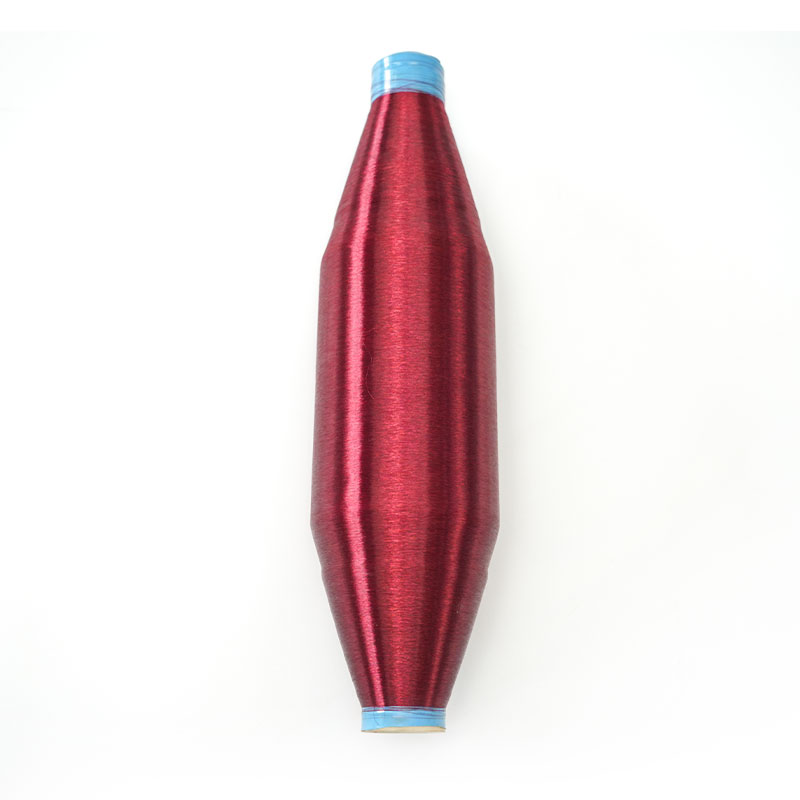
What is the hygroscopicity and chemical stability of nylon monofilament yarn?
2025-08-19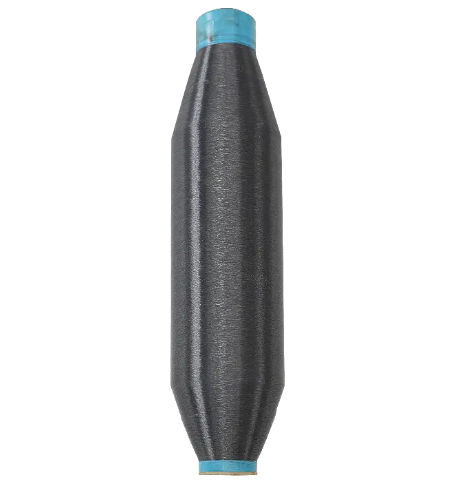
How does the diameter or thickness of the nylon monofilament yarn affect its strength, flexibility, or application?
2025-09-03Your email address will not be published. Required fields are marked *
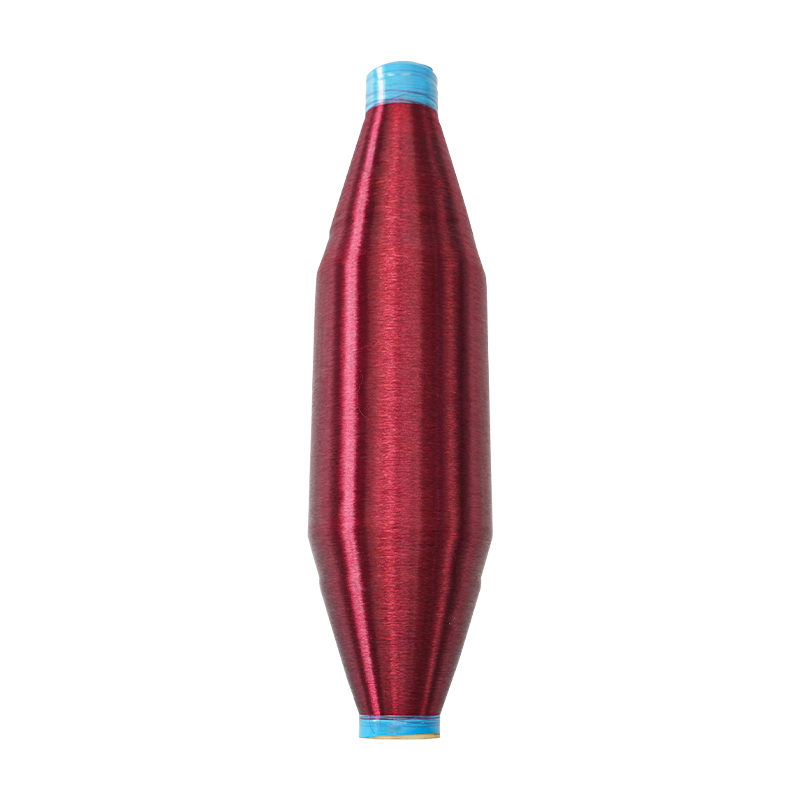
Biodegradable nylon yarn biodegrades faster in the environment than traditional synthetic fibers, helping to reduce negative environmental impacts. It also has the properties of nylon fiber, such as h...
See Details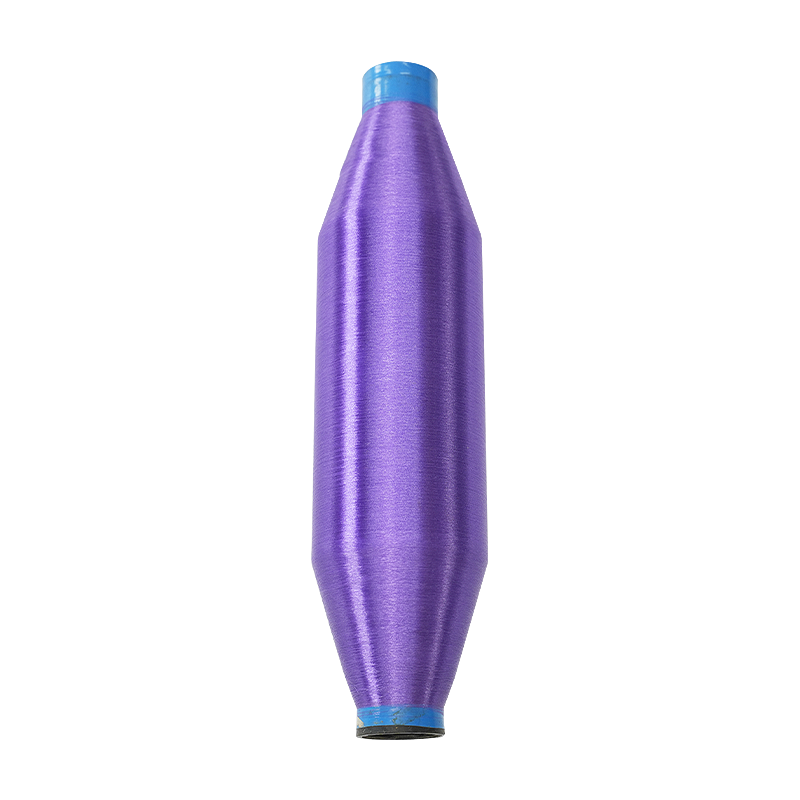
Single Strand Biodegradable Yarn is a single-strand structure, consisting of a single fiber bundle with no multiple strands tangled together. This structure makes the yarn softer, and smoother and exh...
See Details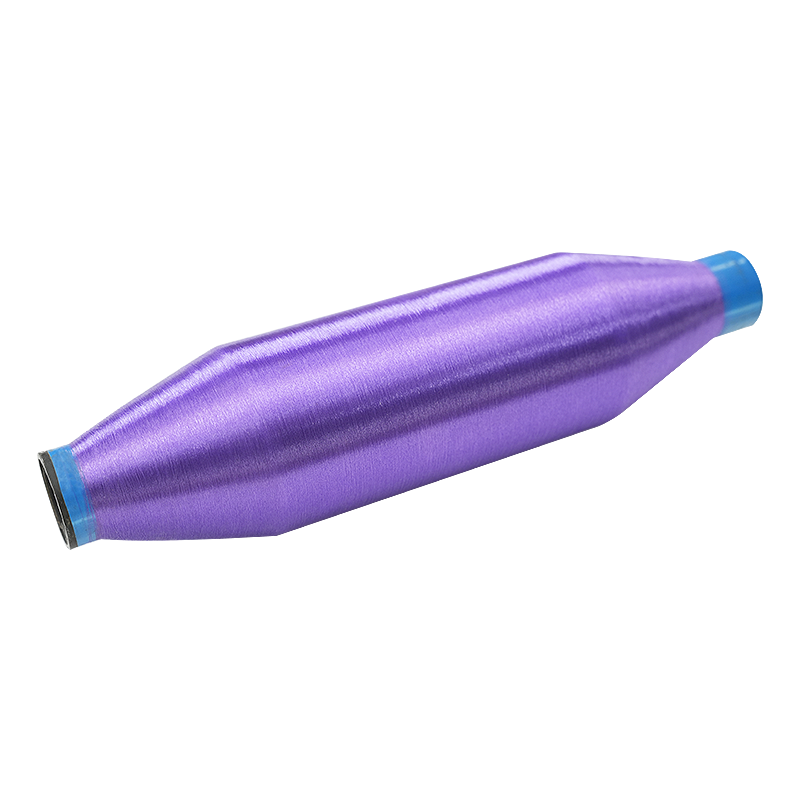
Graphene yarns can be produced by a variety of methods, including chemical vapor deposition (CVD) and wet spinning. In CVD, graphene is grown directly on a substrate, which is then removed to obtain g...
See Details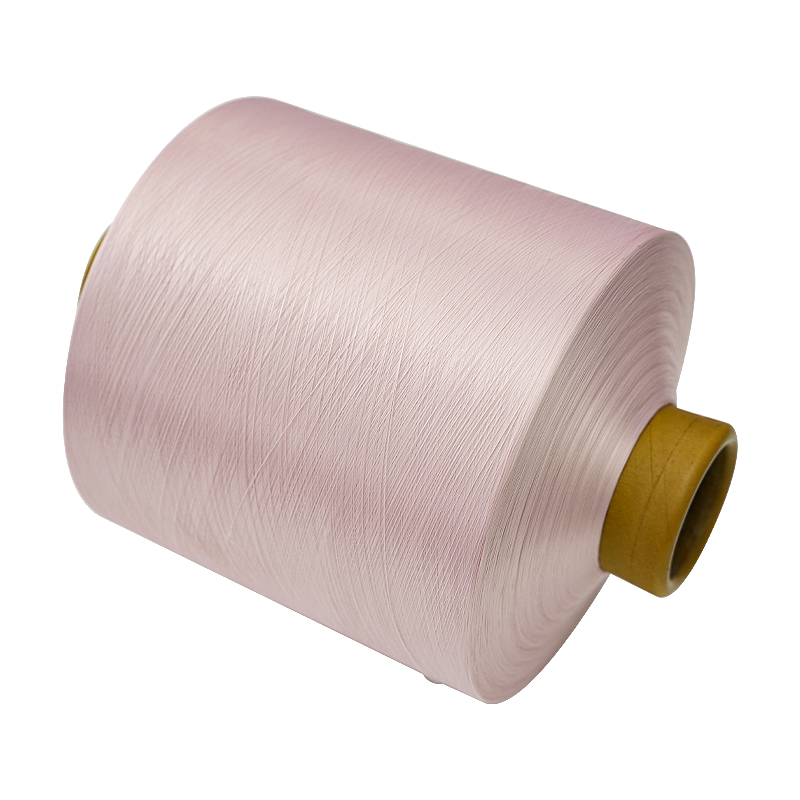
Fabrics made using Nylon elastic yarn for Weaving are lightweight, soft, comfortable and breathable, making them suitable for long-term wear. Made of high-quality nylon material with wear resistance, ...
See Details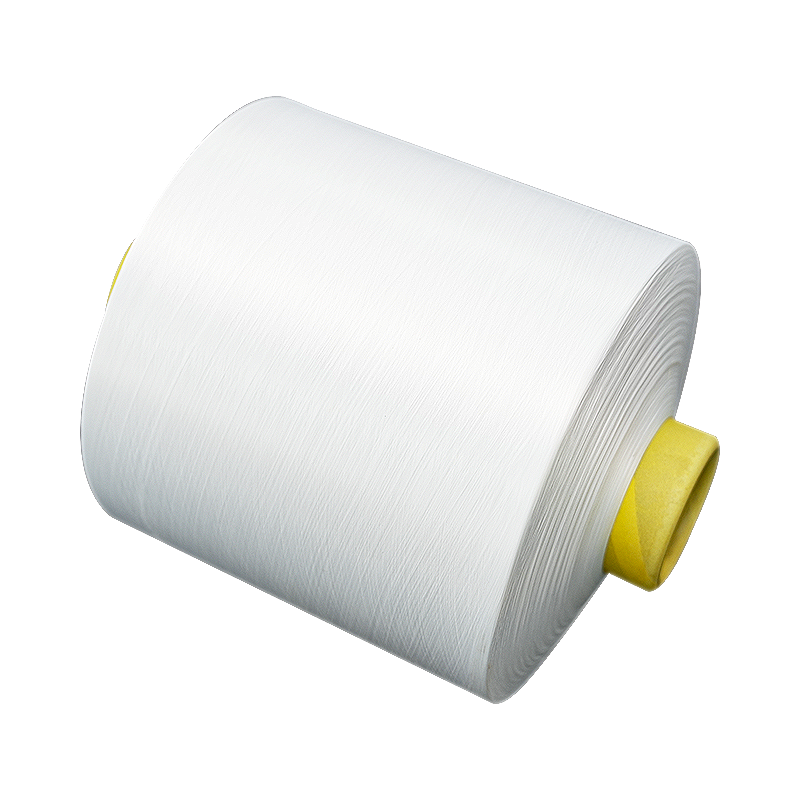
100D Nylon Elastic Yarn has a moderate thickness and good dyeing properties, which can achieve uniform and durable dyeing effects, making textiles bright and long-lasting in color. A yarn frequently u...
See Details
Polyester blended FDY yarn is a standard 50D yarn made from a blend of polyester and nylon. It combines the characteristics of both fibers and has durability and breathability. It has a wide range of ...
See Details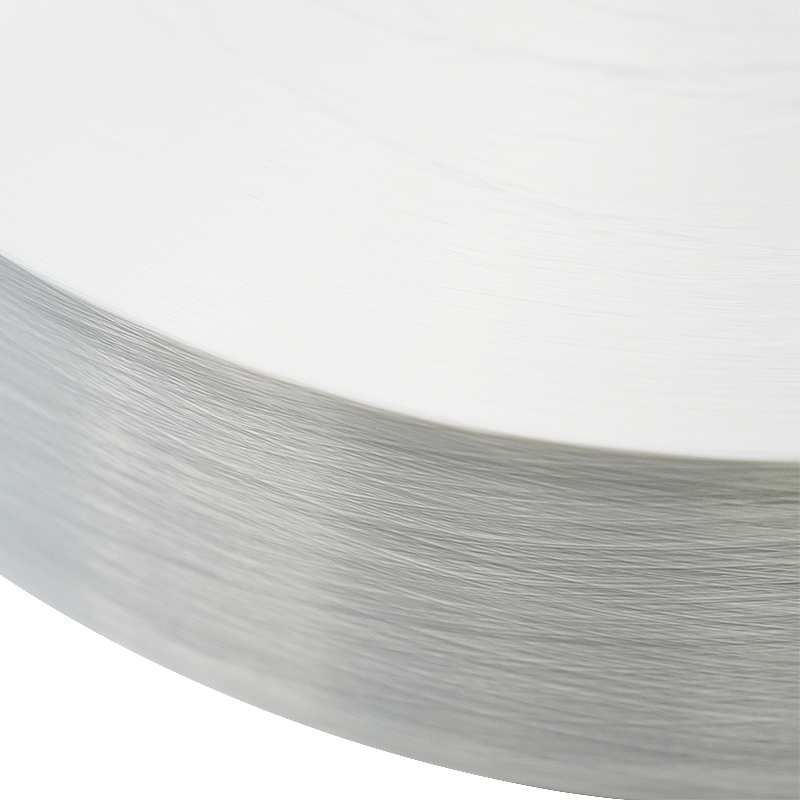
Polyester FDY yarn for weaving has high strength. After FDY yarn is fully stretched, the strength is even better and is suitable for manufacturing fabrics requiring high strength. The fabric made usin...
See Details
Nylon composite yarn has high strength and toughness. Textiles made with Nylon composite yarn have good stretch resistance and tear resistance. This yarn has a wide range of applications and can be us...
See Details
210D Polyester Nylon Composite FDY yarn is a composite fiber yarn. FDY is a mixture of polyester and nylon fibers. It combines the advantages of the two fibers, the abrasion resistance of polyester an...
See Details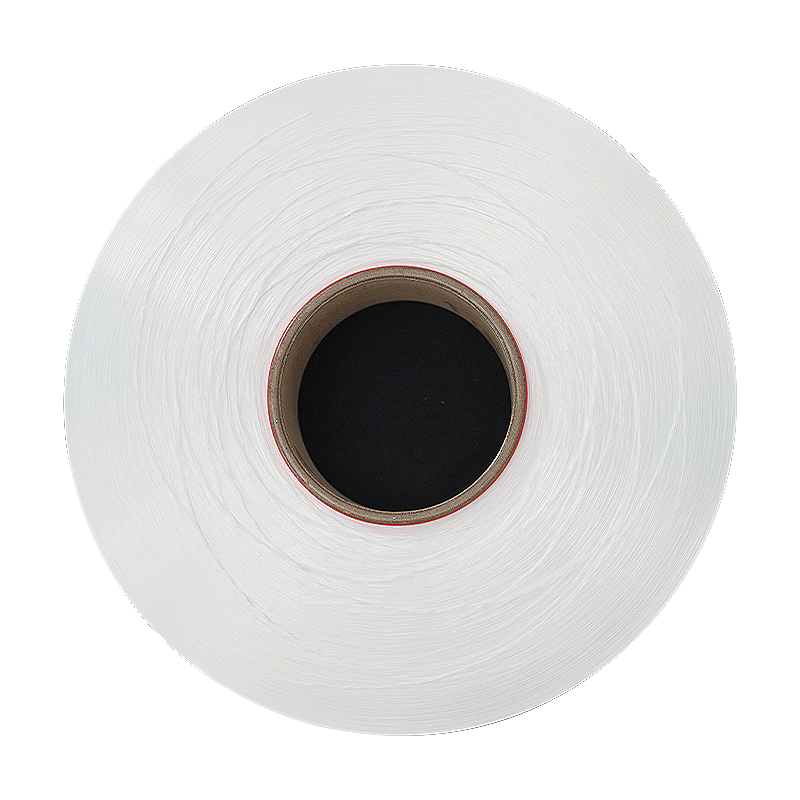
140D Durable low-melt FDY yarn is suitable for the manufacture of various textiles, especially for the preparation of composite fabrics, such as polyester-cotton blended fabrics or elastic fabrics. Th...
See Details
Water-repellent blended FDY yarn has good waterproof properties. This characteristic makes Water-repellent blended FDY yarn a greater advantage when making textiles with high waterproof requirements s...
See Details
Composite woven FDY yarn mixes different types of fibers and has good wear resistance. The fabric made is not easy to wear and is suitable for long-term use. Composite woven FDY yarn has a wide range ...
See DetailsAddress: Duntou industrial park, haian county, nantong city,jiangsu province ,China.
TEL: +86 15850491859
E-mail: sales-betty@hsnylon.com
If You Are Interested In Our Products, Please Consult Us